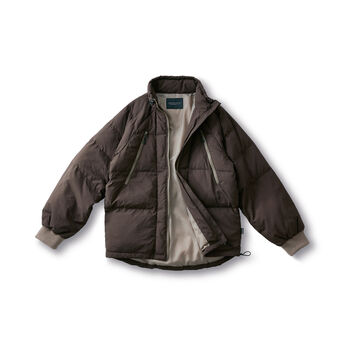Spring flower picture book tops made with Sunny clouds HOKKOH <Ladies>
お申し込み番号:Z45442
1pc ¥7,040
- Express BOX & Pre-order
- プチ
- Tall
Favourites
Could not add to Favourites. please try again
Removed from Favourites
Favourites registration could not be deleted. please try again
Added to Shopping bag
Failed to add to Shopping bag. please try again
あなたにおすすめのアイテム
Favourites
Could not add to Favourites. please try again
Removed from Favourites
Favourites registration could not be deleted. please try again
Added to Shopping bag
Failed to add to Shopping bag. please try again
Please check your input.
Please check your input.












![L'AMIPLUS[ラミプリュス] | レガーロパピロ×ラミプリュス撥水トートバッグ](https://www.felissimo.co.jp/dw/image/v2/BGGR_PRD/on/demandware.static/-/Sites-240/default/dw91feafac/pic/846551-thumbnail1-01-99999999-S.jpg?sw=346)

![フェリシモの雑貨Kraso[クラソ] | 星に願いをたくす 手にすっと収まる流れ星財布](https://www.felissimo.co.jp/dw/image/v2/BGGR_PRD/on/demandware.static/-/Sites-89/default/dwe54503df/pic/276539-thumbnail1-01-99999999-S.jpg?sw=346)










![Couturier[クチュリエ] | ダレスポーチ付きクチュリエ福ふくセット](https://www.felissimo.co.jp/dw/image/v2/BGGR_PRD/on/demandware.static/-/Sites-90/default/dw2117e048/pic/800670-thumbnail1-01-99999999-S.jpg?sw=346)

![el:ment[エルメント] | シロフクロウ播州織カットジャガードあずまバッグ](https://www.felissimo.co.jp/dw/image/v2/BGGR_PRD/on/demandware.static/-/Sites-257/default/dwed96e528/pic/724389-thumbnail1-01-99999999-S.jpg?sw=346)

![YOU+MORE![ユーモア] | アザラシユキちゃん もっちりクッション](https://www.felissimo.co.jp/dw/image/v2/BGGR_PRD/on/demandware.static/-/Sites-160/default/dwbb42d142/pic/724009-thumbnail1-01-99999999-S.jpg?sw=346)


